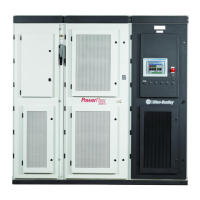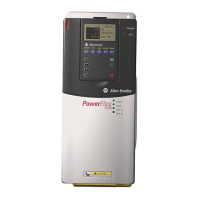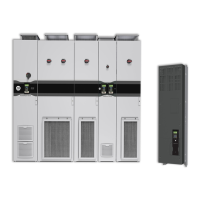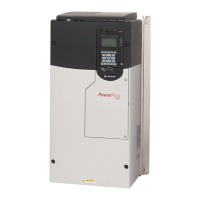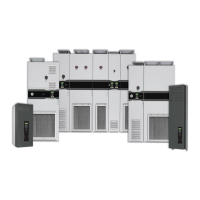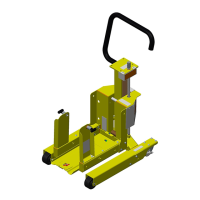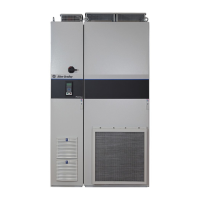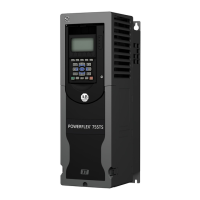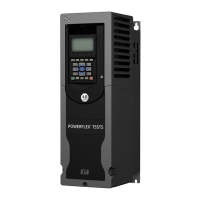Functional Description 1-29
7000-TD002A-EN-P – September 2007
Because of its salient pole construction, the position of the rotor flux
in a synchronous machine is not arbitrary but is determined by the
physical position of the rotor. A synchronous machine therefore
requires an absolute position encoder
instead of an incremental
encoder for indirect vector control. The encoder must also be aligned
with the direct axis of the rotor. To avoid having to physically align
the encoder, an offset angle specified by parameter Encoder Offset
(644) is added to the encoder output to compensate for the difference
between the encoder zero and the direct axis of the rotor. To reverse
the encoder rotation in software if it does not match the rotation of
the motor, bit Rvs Encoder in Special Features (#99) should be set to
1. There is no parameter to specify the encoder resolution; it is
inferred from the number of motor poles.
Contact factory for the availability of this option.
Synchronous Transfer Synchronous transfer is an optional feature of the PowerFlex 7000
drive which allows either a single or multi-motors to be transferred
between the drive and a fixed frequency supply in either direction
without stopping and with a very short interruption of power.
Compared to non-synchronous transfer in which power to the motor
is interrupted for a significant length of time, the transient drop in
motor speed is much less with synchronous transfer.
In order to perform a synchronous transfer, a drive output contactor
and a bypass contactor are required as shown in Figure 1.11. The
name bypass indicates that the function of this contactor is to connect
the motor directly to the fixed frequency supply, bypassing the drive.
An additional Voltage Sensing Board (VSB) is used to measure the
bypass voltage on the line side of the bypass contactor. These inputs
are brought in through ACB and used in synchronizing the motor
voltage directly to the bypass voltage resulting in a reliable
synchronous transfer. In addition the measurement of bypass voltage
allows certain protection features to be built in. The synchronous
transfer is automatically aborted if the drive detects an overvoltage or
undervoltage or reverse sequence in the bypass voltage.
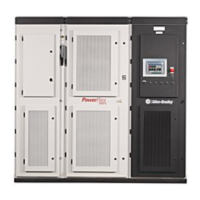
